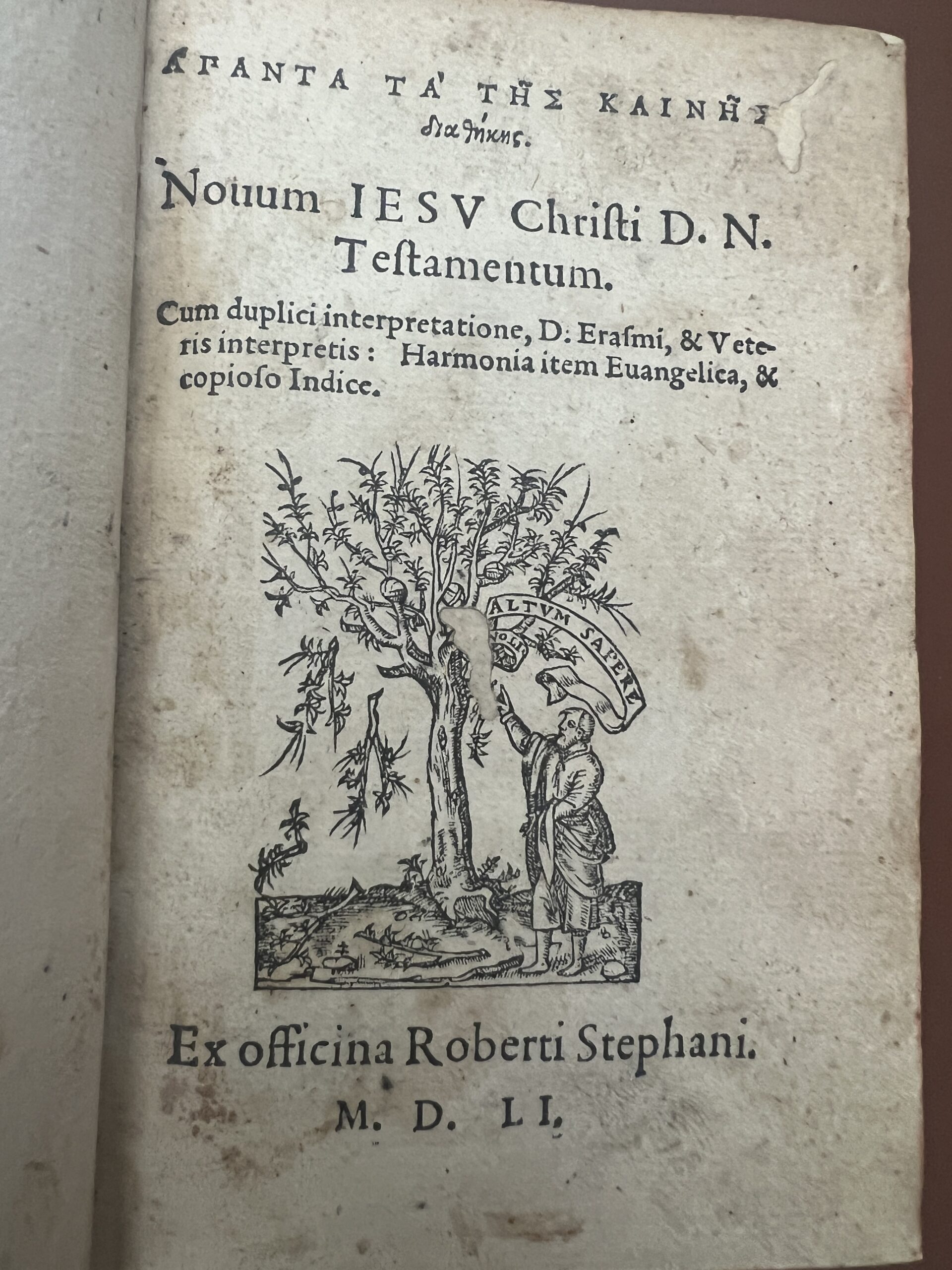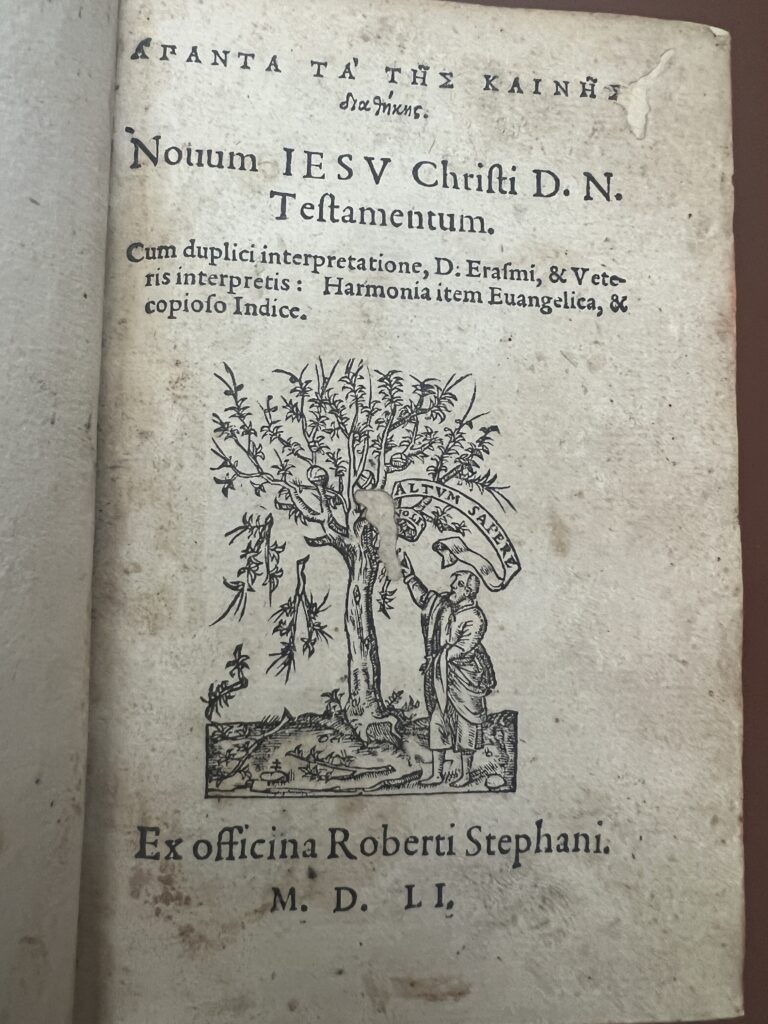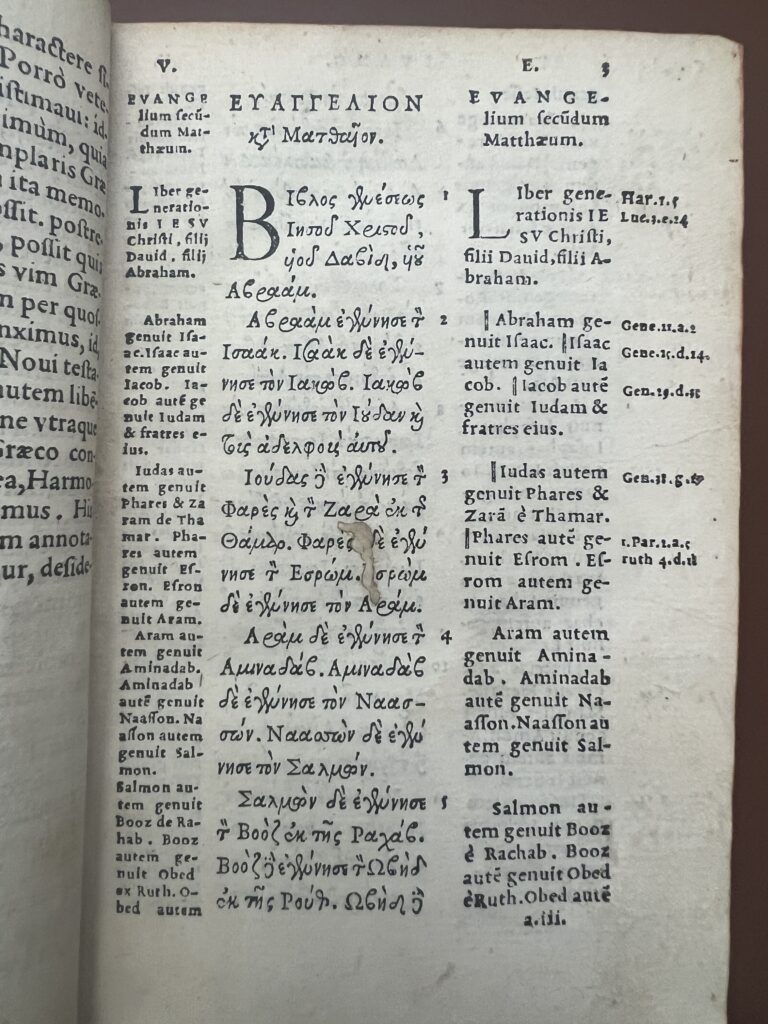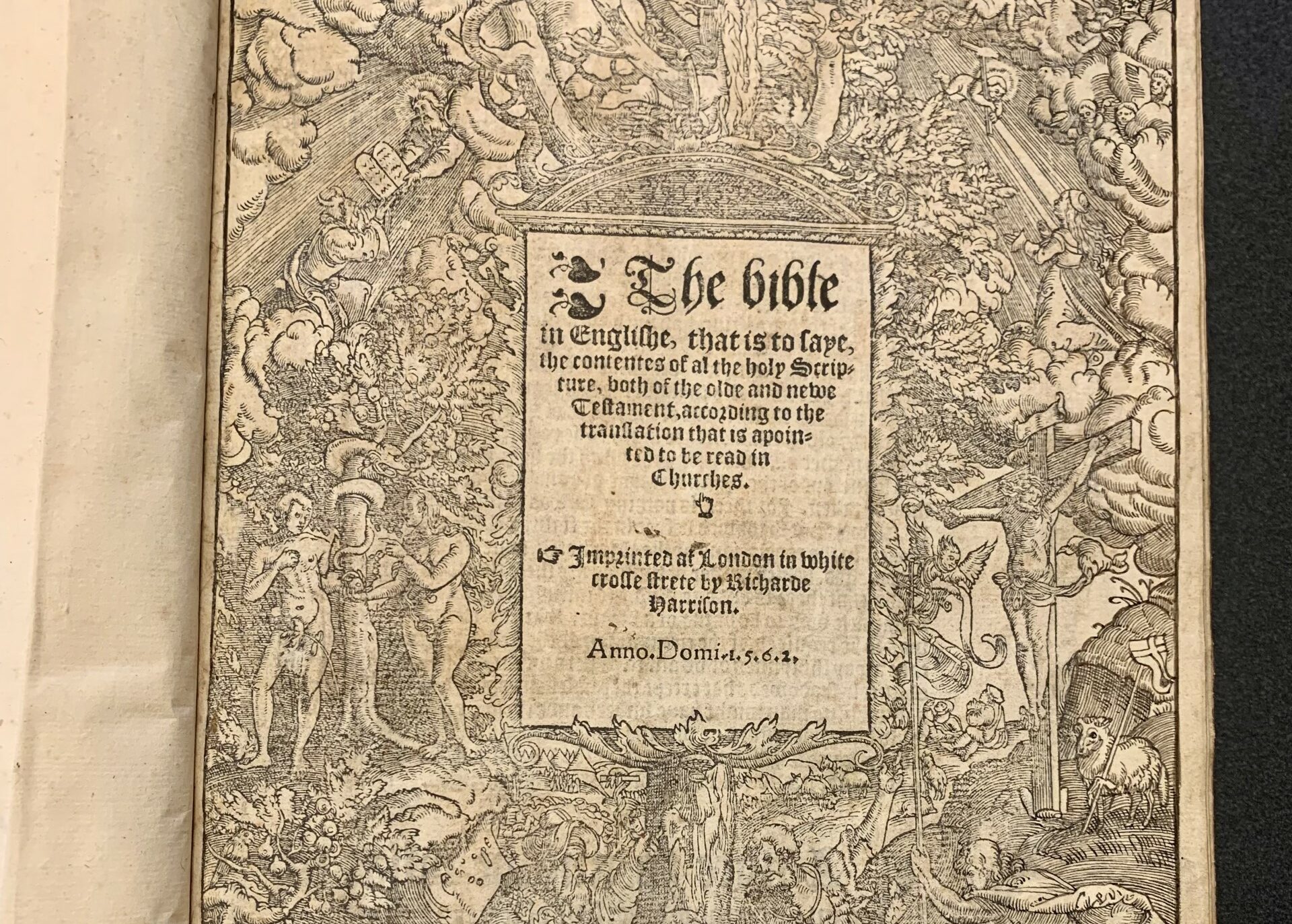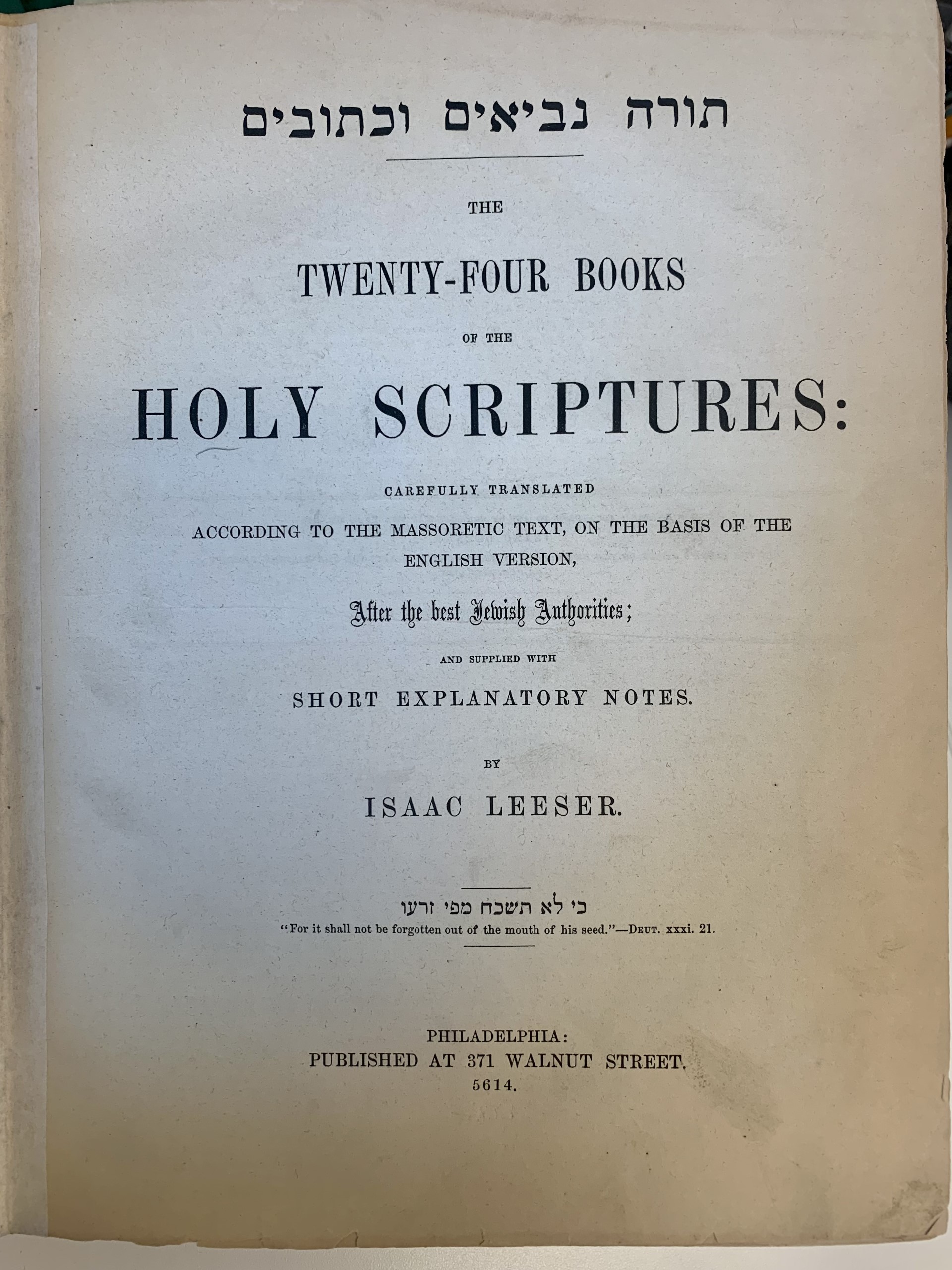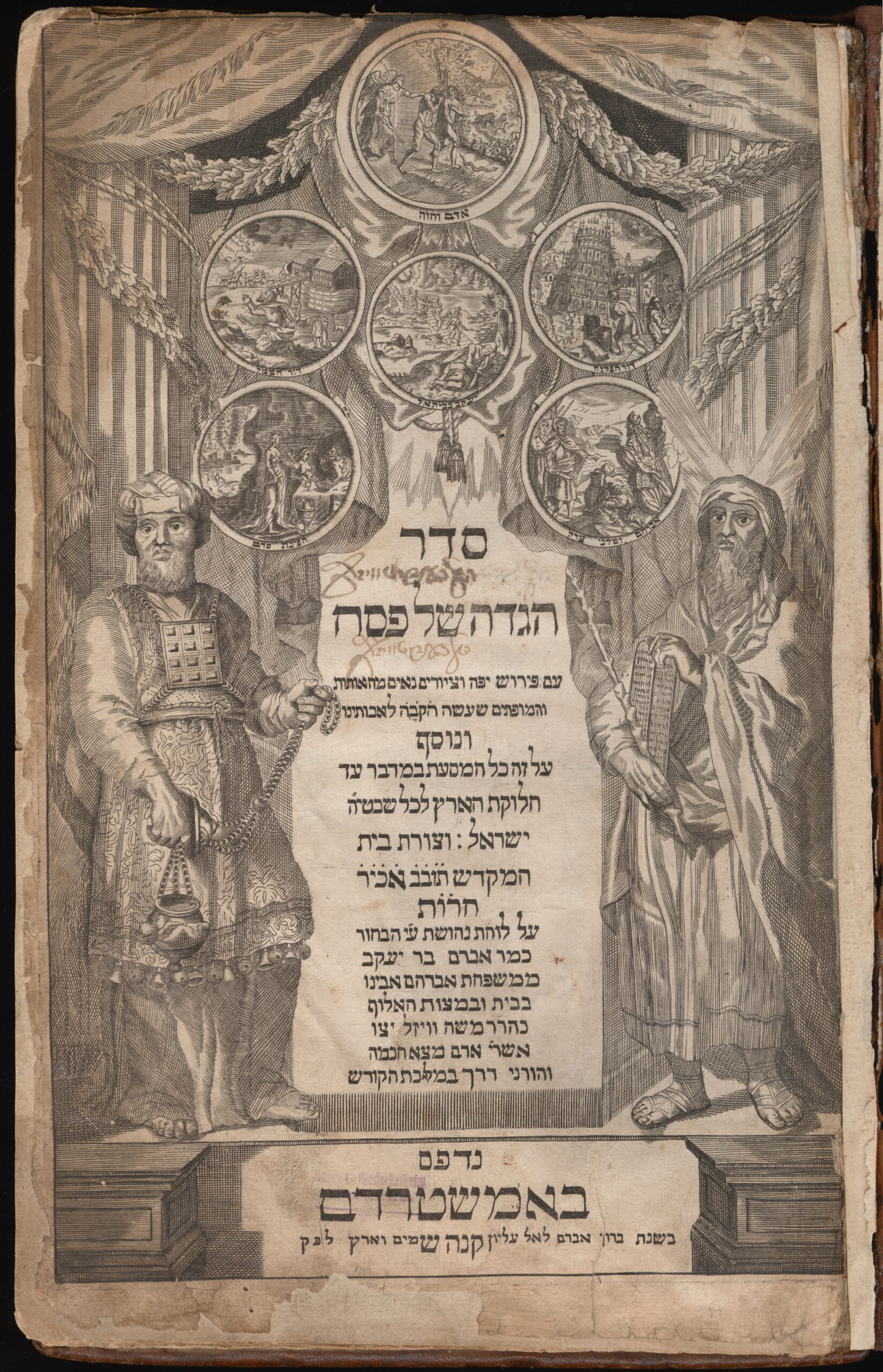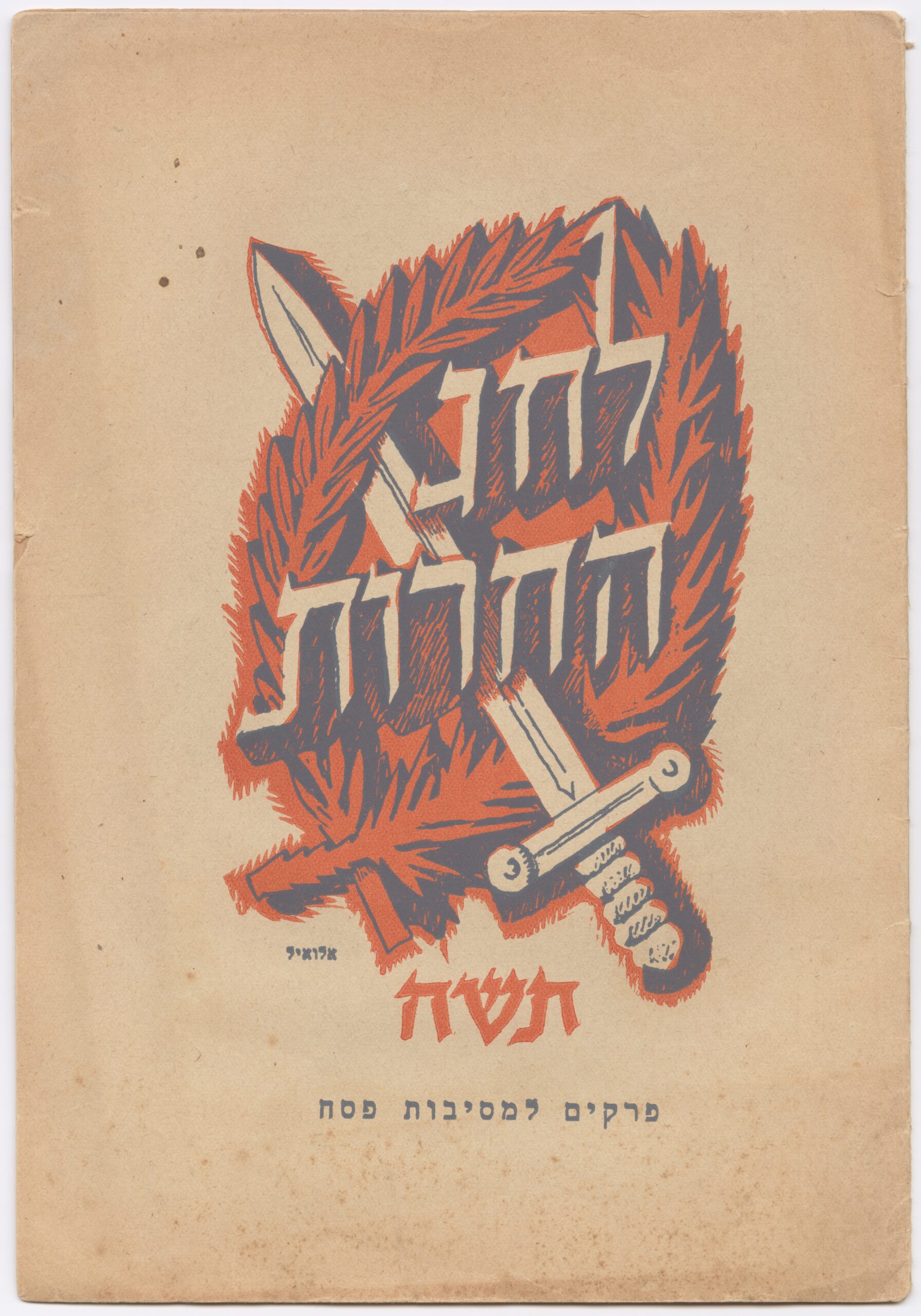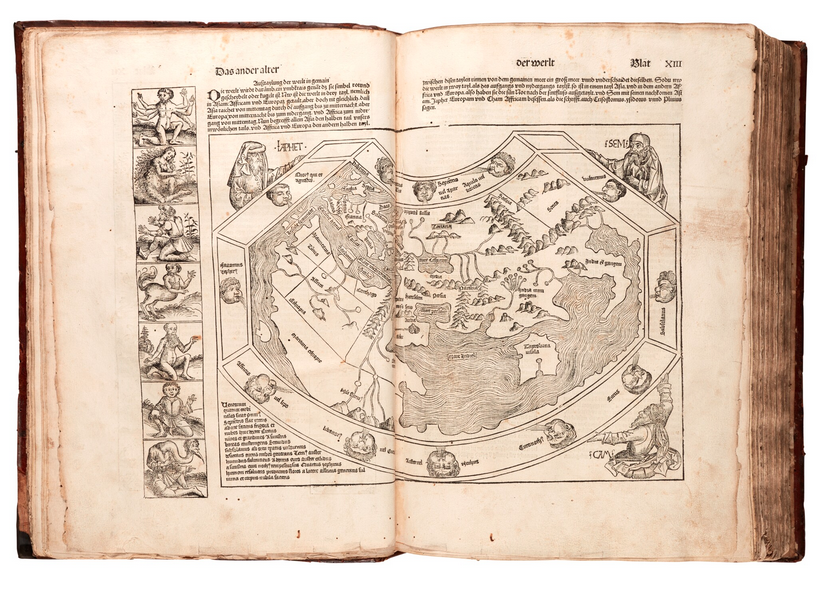
Pitts Theology Library recently acquired a copy of the Nuremberg Chronicle (1493 SCHE B), one of the most famous books produced in the fifteenth century. The Nuremberg Chronicle, or Liber chronicarum, is a history of the world, best known for its abundant illustrations, which include portraits of famous individuals, maps, depictions of biblical or historical events, and cityscapes. Two editions of the Nuremberg Chronicle were printed in 1493 by Anton Koberger (1440-1513). The first was a Latin edition, written by Hartmann Schedel (1440-1514), printed in June with an estimated print run of 1,400 copies. The second was a translation from the Latin into German by Georg Alt (ca. 1450-1510), Das Buch der Croniken, printed in December, with an estimated print run of 600 copies. Alt slightly shortened Schedel’s text to match the layout of the Latin edition. The new Pitts acquisition is this German edition.
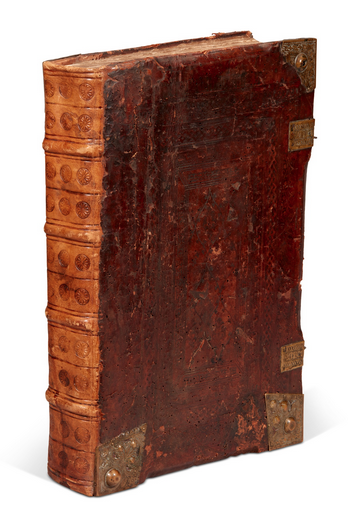
The artwork of the Nuremberg Chronicle sets it apart from other early printed books. The work contains an unprecedented amount of woodcuts, which interact with the text in remarkable ways. The images do more than simply provide a visual companion to the written word; they are as essential as the text itself. Several artists created 645 unique woodcuts, many of which were reused throughout the book. In total, there are over 1,800 woodcut impressions in the work. Because many of the depictions of people or places were not based on historical likenesses, the depictions were often anachronistic. Also, it was common for the same woodcuts to be employed multiple times to represent different people or events. For instance, the same woodcut is used for Enoch and his wife (fol. 10r); Japheth and his wife, Funda (fol. 16r); and Abigail and her husband (fol. 42v). Many of the genealogical woodcuts were designed to be modular so that they could be reused in different ways.
Pitts Theology Library acquires materials like this book to provide resources to researchers and to educate through classroom instruction, exhibitions, and other outlets. This particular work complements the Library’s already robust collection of early printed books and woodcut images.
Pitts plans to include this new acquisition in a Spring 2024 gallery exhibition, where it will be displayed alongside the Latin Nuremberg Chronicle held by Emory’s Rose Library.
By Brandon Wason, Head of Special Collections

